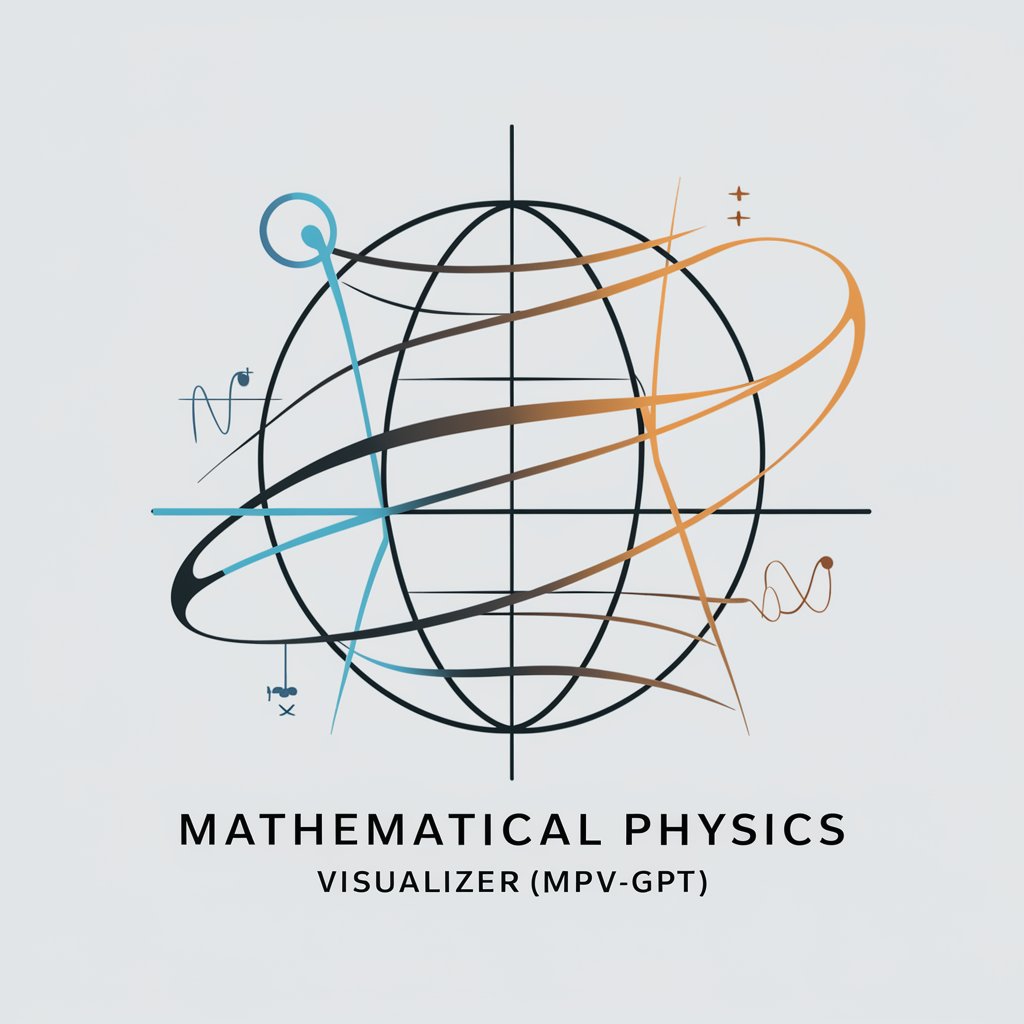Claims Extractor - Academic Claim Summarization

Welcome to Claims Extractor GPT, your tool for summarizing research claims!
Streamlining Research with AI-Powered Insights
Summarize the main argument of the paper based on the abstract and conclusion.
Identify the key claims presented in the discussion section.
Analyze the evidence used to support the main arguments.
Compare and contrast different perspectives presented in the research paper.
Get Embed Code
Introduction to Claims Extractor
Claims Extractor is a specialized tool designed to simplify and enhance the process of analyzing academic papers by focusing on their core arguments and claims. Its primary function is to identify and summarize key claims from various sections of research papers, such as the Abstract, Discussion, Methods, and Conclusion. This tool is particularly useful in extracting concise insights without requiring users to read the entire document. For example, it can automatically identify the thesis statement from the abstract of a paper on disinformation research, summarizing the main argument and how it positions itself within current scholarly debates. Powered by ChatGPT-4o。

Main Functions of Claims Extractor
Extracting Key Claims
Example
In a paper discussing the effects of climate change on marine biodiversity, Claims Extractor can quickly pinpoint the main hypothesis presented in the Discussion section, summarizing the evidence and reasoning used to support this claim.
Scenario
This function is ideal for researchers who need to rapidly assess the central arguments of multiple papers during a literature review.
Summarizing Complex Arguments
Example
For a technical paper on quantum computing, the tool distills complex mathematical arguments and algorithms discussed in the Methods section into more understandable terms, highlighting their significance and application.
Scenario
This is particularly beneficial for students or interdisciplinary researchers who may not have deep expertise in a specific area but need to understand the fundamental contributions of the paper.
Comparative Analysis
Example
When reviewing multiple studies on the efficacy of a new drug, Claims Extractor can compare and contrast the main findings and methodologies of each study, outlining discrepancies or agreements in the results.
Scenario
Useful for medical researchers and healthcare professionals looking to make informed decisions based on a variety of clinical studies.
Ideal Users of Claims Extractor Services
Academic Researchers
These users often engage in extensive literature reviews and need to synthesize large volumes of information quickly. Claims Extractor aids in identifying the salient points of each paper, allowing researchers to build a solid theoretical foundation for their own studies.
Students
Students across various educational levels can utilize Claims Extractor to better understand the key arguments and methodologies of complex academic papers, aiding in their studies and research projects.
Policy Makers and Analysts
For those in policy development or analysis, understanding the implications of research findings quickly is crucial. Claims Extractor can provide swift summaries of research claims, assisting in the formulation of evidence-based policies.

How to Use Claims Extractor
Step 1
Visit yeschat.ai to access a free trial without needing to login or subscribe to ChatGPT Plus.
Step 2
Select the research paper or document from which you need to extract claims. Upload the PDF or text file directly into the platform.
Step 3
Choose the sections of the paper you want to analyze, such as the Abstract, Discussion, Methods, and Conclusion sections.
Step 4
Set your preference for the complexity of the output—opt for either technical language or simplified explanations.
Step 5
Execute the extraction. Review the summarized claims automatically highlighted and extracted by the Claims Extractor. Use the tips and annotations provided for better understanding.
Try other advanced and practical GPTs
Justus' Extractor
AI-driven Text Extraction Simplified

Email Extractor
Unlock email data swiftly with AI

Musica AI
AI-powered tool for effortless music creation

FUSCA BELEZA
Tailor your AI experience with precision

Peter Panini
Discover Soccer Secrets with AI

Mathematical Physics Visualizer
Visualize the Complexity of Mathematical Physics

Viewpoint Extractor
Extract insights with AI precision

Recipe Extractor
Simplify Cooking with AI

Snapshot Extractor
Turn snapshots into structured data instantly

Phonetic Transcriber - BrE
Transcribe text with AI-powered British English phonetics.

Daily breaking news reader
Stay Informed, Effortlessly.

MAiDEVIL
Powering Intelligent Interactions

Detailed Q&A on Claims Extractor
What is Claims Extractor and who should use it?
Claims Extractor is a specialized tool designed to help users quickly understand the core contributions of a research paper by extracting key claims from specific sections such as the Abstract, Discussion, Methods, and Conclusion. It is ideal for researchers, academics, and students who are conducting literature reviews or need to digest large volumes of academic material efficiently.
Can Claims Extractor handle documents in formats other than PDF?
Yes, Claims Extractor can process multiple document formats including PDF, DOCX, and plain text files. This flexibility allows users to work with various types of academic and scientific documents.
What does setting the complexity output affect in the extracted claims?
The complexity setting allows users to choose the level of technical language in the extracted claims. A higher complexity level means the use of dense academic jargon suitable for experts, while a lower level simplifies the language to make the information accessible to non-specialists.
How accurate is the Claims Extractor in identifying relevant claims?
Claims Extractor uses advanced AI algorithms to identify and summarize claims with high accuracy. However, the precision can vary depending on the clarity and structure of the original document. Users are advised to review the extracted claims for context and completeness.
What are the best practices for using Claims Extractor to ensure optimal results?
For optimal use of Claims Extractor, users should clearly define the sections of the paper to be analyzed and choose the appropriate complexity for their needs. Regular updates and calibrations of the tool based on user feedback and advancements in AI also help maintain its effectiveness.
